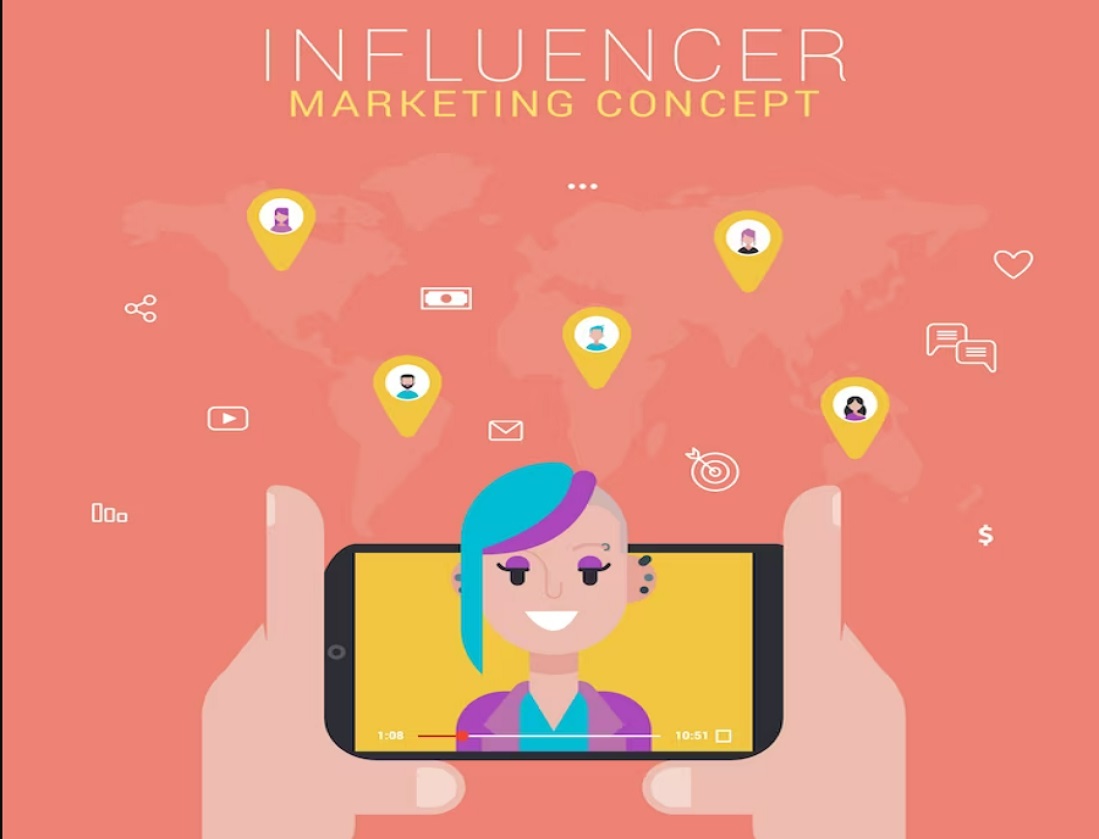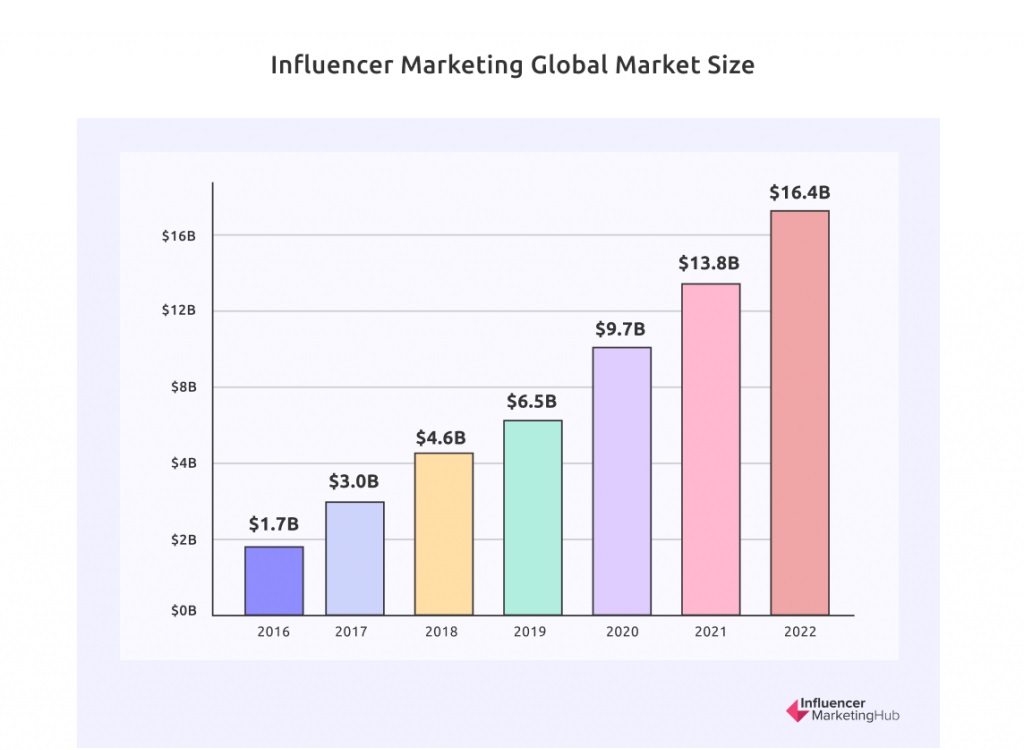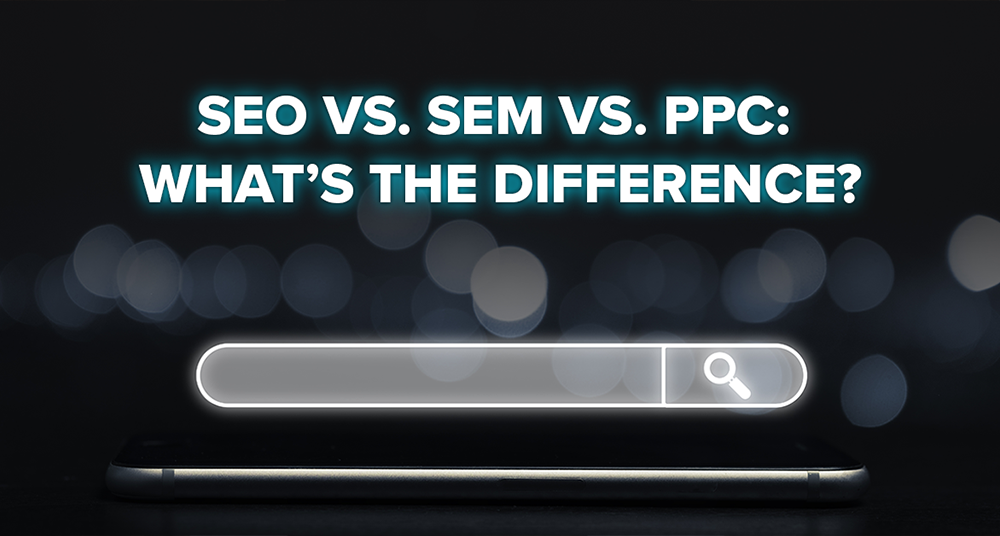The rise of social media in the last decades has completely changed the ways people function in everyday life, from simple communication to making a big career or purchasing decisions. That goes for businesses too.
As the world has shifted to social media, so have the companies that had to adapt to the fact that people no longer depend on mainstream media (TV, radio, newspapers) and focus their advertising efforts on the sphere their target audience frequents- the virtual world.
They also had to adapt to the idea that people no longer look to companies to inform their purchasing decisions but to fellow consumers as well as their favorite personalities, who are consolidating massive followings on Facebook, YouTube, Instagram, TikTok, Pinterest, and emerging influencer platforms that grew exponentially.
In fact, Nielsen’s Global Trust in Advertising report found that 92% of buyers trust an individual recommendation over the brand above all other forms of advertising.
For these reasons, influencer marketing emerged as the next big thing in advertising, a surefire way to expand your brand’s reach on social media. And by continuously proving itself as one of the most effective marketing tools, it has become, in many ways, the industry standard for brands.
What Is Influencer Marketing?
Influencer marketing – also known as branded content or working with creators – at a fundamental level is a type of social media marketing that uses endorsements and product mentions from figures who have a dedicated social following and are seen as experts within their niche – in short, influencers.
If you want to tap into an already engaged audience, introduce your brand, and jumpstart a relationship with potential customers in a less salesy way, influencer marketing is the best way to do it.
However, it is more than just attaching a well-known celebrity to a brand so it mustn’t be confused with celebrity endorsements.

When choosing an influencer, the key thing to keep in mind is that you need individuals that are trusted within the niche community you’re targeting, possess knowledge or experience about the product or service they are advertising, and retain a loyal following.
It is the high amount of trust that social influencers have built up with their following that makes influencer marketing work as their recommendations serve as a form of social proof to your brand’s potential customers. Stats show that for every $1 spent on influencer marketing, businesses are making $5.2 ROI.
Influencer marketing radically changed and experienced significant growth during the COVID pandemic when content creators and influencers provided a sense of community not only for consumers but also for businesses, many of which struggled to survive in the newly emerged environment.
Within their need to find new ways to market and stand out in the minds of consumers, brands are finding influencer marketing to be more important than ever for connecting with their target customers.
The influencer market grew 42% YOY in 2021 alone and is projected to reach a staggering $21.1 billion in 2023.
Chose the right influencer for you
The rise of the social media influencer creates a world of possibilities for the visionary marketer. The key is to find the right influencer.
You must identify the most influential individuals in the most important demographic/niche you want to reach with the funds you have.
Never forget that influencer marketing, in essence, is a relationship between a brand and an influencer that requires a high level of trust – unlike most marketing strategies – so a brand must be sure the influencer’s content aligns with their overall image because the care of the brand’s reputation is, essentially, in their keeping.
It is critical that you find out everything about the influencers who, essentially, will be the faces of your business and will be in control of your brand’s message.
In order to promote authenticity, which can help them reach a specific target audience, influencers operate independently, creating their own content and integrating a brand’s advertising specifications into it, choosing how they would like to portray its message.
So, any controversial views or opinions on their side should raise a red flag for you and make you reconsider your options.
To catch customers’ attention and engage audiences, the influencer content uses a conversational tone and human narrative – unlike sales-driven posts – because consumers want a less scripted and “unfiltered” marketing message.
An influencer’s key value is reputation and a great deal of it is staked upon them being picky about the products they test and recommend. It is their reputation that adds a layer of trust that later converts followers into sales.
Work with Micro-Influencers with Engaged Audience
You need a detailed and well-researched ‘influencer market’ to choose the right fit for your brand that will also align with your vision, message – so look for those genuinely interested in your brand- and – most important- your budget.
And yes, you have the right and should be picky and not just start reaching out to everyone who has a blog. Also, make sure to reach out to influencers whose content really resonates with your brand.
Also, although the strongest urge might be to reach the most popular influencers in your industry and pseudo-celebrities, they’re almost always in high demand so they might end up being more trouble than it’s worth- and way more expensive.

Instead, use as a lesson the expert’s advice and research results that show there is a strong preference for working with small (nano – 39% and micro – 30%) influencers ahead of expensive macro-influencers (19%) and celebrities (12%)
Although their reach may be limited when compared to elite, macro-influencers, studies have found that nano and micro-influencers, which are in essence everyday consumers with significant social media followings, tend to get higher engagement rates and more interaction.
As one study shows, 82% of consumers are ‘highly likely’ to follow a micro-influencers recommendation. Apart from the loyal follower base, nano, and micro-influencers have a more targeted reach, authentic engagement, and accessibility to niche consumers and can connect with them and introduce them to your brand.
When deciding whether or not an influencer is worth pursuing, always keep in mind that an influencer is only as powerful as their audience makes them so go for those with followers that were obtained organically and systematically and are highly engaged, interested, and enthusiastic.
Furthermore, you’ll also need to decide which channel/ social network(s) you want to maximize and then choose and align with the influencer dominating that platform.
According to The State of Influencer Marketing 2023, the most popular influencer marketing channel now is TikTok (utilized by 56% of brands using influencer marketing), jumping for the first time ahead of Instagram (51%), and well ahead of Facebook (42%) and YouTube (38%).
The platform’s phenomenally high comparative engagement rates are undoubtedly one of the key reasons for this.
Benefits of Influencer Marketing
Brands should take advantage of the extensive benefits of influencer marketing that go way beyond increased brand awareness and sales. Working with influencers can provide you with much more value in terms of community building, better credibility, engagement, SEO boosting, or gaining ‘the halo effect’, to name a few.
So, begin researching the creators for your brand and, once you have influencers involved in campaigns, track your data to ensure the investment is worthwhile.

Let’s start with the most obvious benefit: a study by Tomoson shows that influencer marketing on average brings 51% better customers who are more likely to spend more – exponentially increasing sales- be more loyal, and advocate for your brand.
As we know, the increased privacy concerns led to abandoning third-party cookies – the access to powerful tracking data for marketers – which made reaching target audiences through advertising much more difficult.
Influencers can help you not only to reach niche audiences but also have access to some demographic data from the social media platforms they post on that can help you reach the right audience in a larger pool.
At a time when more people use ad blockers to protect their data, an influencer marketing strategy can help you not only to avoid ad blockers – which typically only impact display ads, not social media ads- but also with people who really don’t want to see ads and are tuning into their favorite influencers that promote a product more authentically.
Enriching Content and Boosting SEO Rankings
Influencers, which are experts in making content that excites and engages their niche audience, can be of huge help even with your content strategy when you run out of exciting ideas or don’t have a big enough budget.
The fact that influencers put a lot of effort into creating aesthetically pleasing, quality content can benefit you immensely in creating fresh and engaging content and will be more budget-friendly than contracting designers, videographers, and writers for the same task.
Influencers can boost your SEO efforts and rankings when you look for more organic traffic – as if that ever stops- by linking your website in their posts about you. Any new link to your website that you earn from other high-quality sites tells search engines that your content is good, pushing up your rankings.
Additionally, you’ll be getting increased organic traffic as people might Google you after they hear about your brand – since creator partnerships build brand awareness – which could also boost your rankings because it signals to search engines that people want to see your content.
One of the best qualities of Influencer marketing? It is suitable for any business regardless of size or industry – as long as someone is influential in your vertical.


